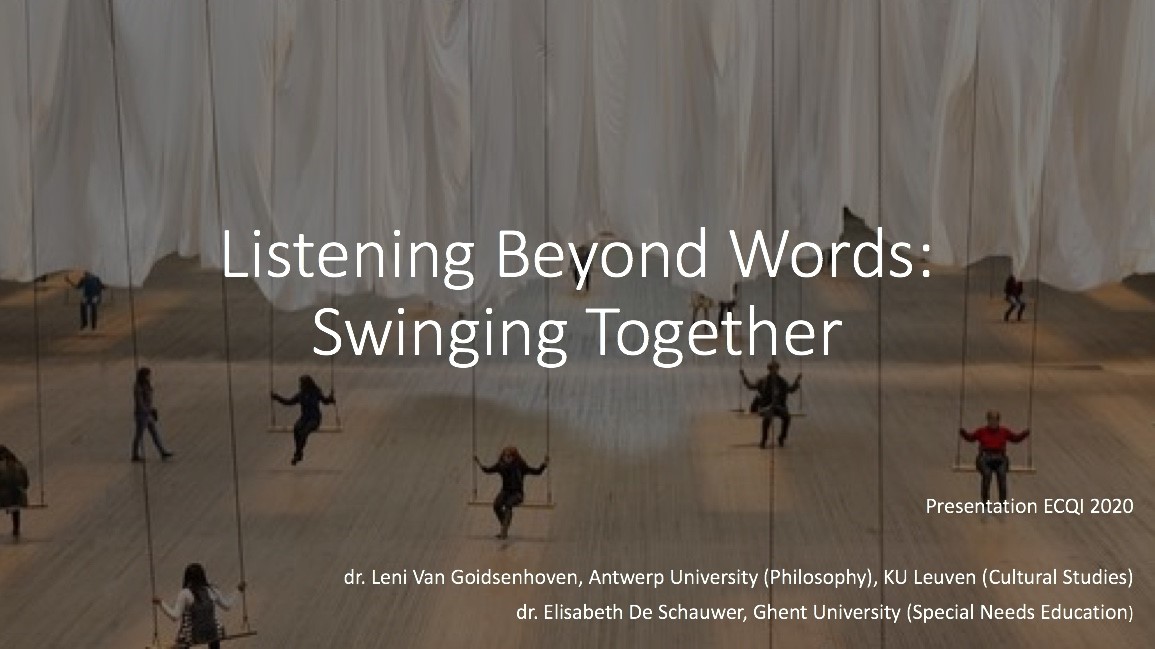Within NeuroEpigenEthics we value qualitative research. One of our team members, Leni Van Goidsenhoven, is especially interested in those qualitative research methods that are going against the prevailing tendency to take qualitative data as ‘face value’, as ‘self-evident truths’, as data that can be ‘objectified’ by different forms of coding. Inspired by the work of, among others, Bronwyn Davies, Carolyn Ellis, Maggie MacLure, Norman Denzin, who are emphasizing that the truth found in qualitative data is relative and situated and sometimes even contains fictional elements, Leni is drawn towards innovate data collection tactics, creative-relational inquiry and ‘methods’ as, for instance, collaborative writing.
That’s why she went off to Malta, where the 4th European Conference for Qualitative Inquiry took place. There, Leni had the chance to immerse herself in an impressive amount of lectures and workshops, focusing on issues as ‘the potential of multi-sensory research data’, ‘problematizing interviews’, participatory visual inquire’, ‘slow inquiry’, ‘action research practices’, to name but a few.
She also presented her own research, Listening Beyond Words: Swinging Together, in which she investigates how posthuman and new materialist theories disrupt the production of the ‘non-verbal child’.


